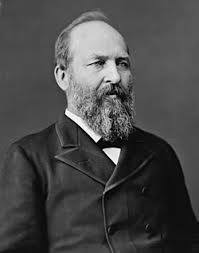
Introduction
Claudia Sheinbaum, the first female elected mayor of Mexico City, has become a key figure in contemporary Mexican politics. Her leadership style and policies are shaping the future of the nation’s capital, making her tenure critically important for women in politics and urban governance. With major developments planned during her administration, Sheinbaum’s impact on Mexico City’s socio-political landscape is widely scrutinized.
Claudia Sheinbaum’s Political Career
Sheinbaum was elected as mayor in 2018, representing the MORENA party, which is led by former President Andrés Manuel López Obrador. Before her election, Sheinbaum held various roles within the government and academia, including serving as the Secretary of the Environment in Mexico City and as a researcher at notable institutions. Her background in science and public policy has influenced her approach to urban governance, focusing on sustainability, social equity, and modernization.
Major Policies and Initiatives
During her administration, Sheinbaum has launched numerous initiatives aimed at improving Mexico City’s infrastructure and environmental sustainability. One of her significant projects includes enhancing public transport systems to reduce traffic congestion and pollution, a persistent issue in the capital. Additionally, Sheinbaum has pushed for extensive investment in green spaces and renewable energy sources to combat climate change and provide a healthier living environment for residents.
Her administration has also prioritized social programs aimed at reducing inequality in one of the largest cities in the world. By investing in education, health, and housing, Sheinbaum seeks to uplift marginalized communities and ensure that all residents benefit from the city’s growth.
Challenges and Criticisms
Despite her initiatives, Sheinbaum faces considerable challenges. Critics have questioned her handling of crime and security, citing rising violence in certain areas of the city. Additionally, the ongoing COVID-19 pandemic has tested her leadership, impacting public health and economic stability. Sheinbaum’s response to these challenges remains a topic of debate among citizens and political commentators.
Conclusion
Claudia Sheinbaum’s leadership represents a significant shift in Mexico City’s political landscape, highlighting advancements in gender representation. As she continues to navigate the complexities of governance in a densely populated metropolis, her policies will likely influence not only the future of Mexico City but also serve as a model for urban leaders across Latin America. Analyzing her tenure provides a valuable case study on the intersection of science, governance, and community advocacy.



